oUR Products
ElSewedy Ready Mix Products
READY MIX CONCRETE
Conventional concrete produced using a computerized system in a batch plant. It’s characterized by its high quality due to the accuracy used for its production.
It contains chemical admixtures which results in a lower water / cement ratio than the concrete without admixtures and by consequence an increase in the final compressive strength at 28 days.
It’s produced with local raw materials to achieve a wide variety of compressive strength running from 150 to 600 kg/ cm2 with different cement content according to the required specifications.
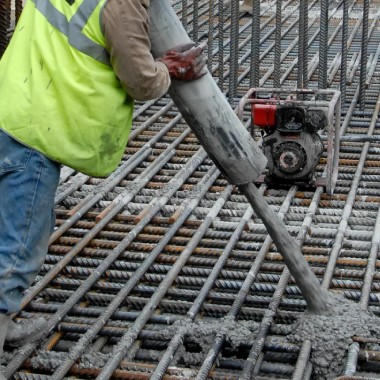
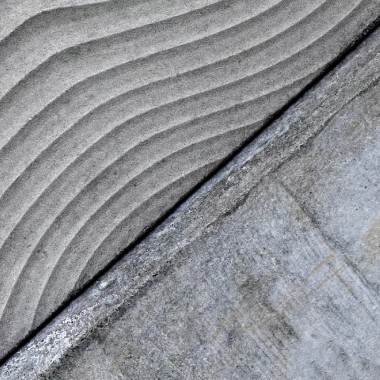
HIGH STRENGTH CONCRETE
It’s characterized by its high compressive strength values (more than 500 kg/cm2) at 28 days, it’s used in concrete structures with high dead and live loads such as skyscrapers.
Its advantages are:
- Reduction of the dimensions of concrete sections and thus, reduction of final concrete quantity.
- Increase of service life of concrete structures due to its enhanced durability.
EARLY STRENGTH CONCRETE
The Production of early and high strength concrete technology results in significant advantages:
- Faster construction time
- Lower concrete consumption (when thinner elements can be designed)
- Improved site capacity by increasing formwork rotation.
- Improved service life of structure
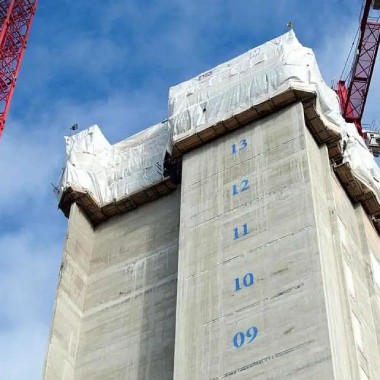
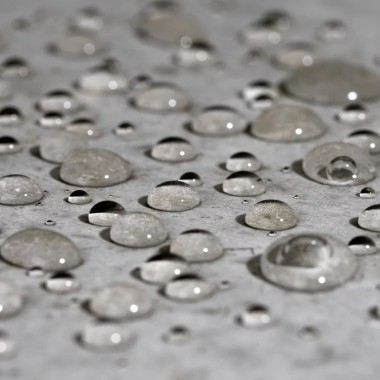
WATER PROOF CONCRETE
- Its’ a special concrete designed to withstand water infiltration and thus increasing concrete durability.
- It’s ideal for use in water structures.
- We are one of the pioneers in producing this kind of concrete.
FLOWABLE CONCRETE
- It’s characterized with high followability which enhances its filling ability and reduces the vibration required for consolidating concrete.
- Due to its high early strength it reduces the construction time and accelerates the project schedule.

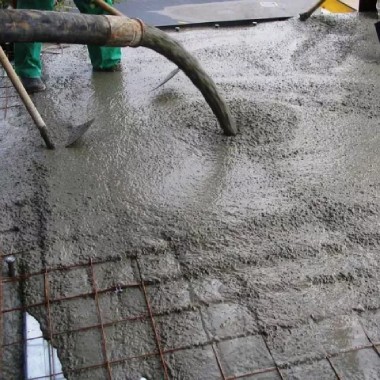
SELF-COMPACTING CONCRETE
Using self-compacting concrete produce several benefits and advantages over regular concrete. some of those benefits are:
- Improved constructability
- Improved structural integrity
- Accelerates project schedules.
- Reduces skilled labor
- Flows into complex forms
- Reduces equipment wear
- Minimizes voids on highly reinforced areas.
- Produced superior surface finishes
- Superior strength and durability
- Allows for easier pumping procedure
- Fast placement without vibration or mechanical consolidation
- Produces a uniform surface
- Environment friendly
MASS CONCRETE
- It’s defined as any volume of concrete large enough to require measures to be taken to cope with the generation of heat and attendant volume change to minimize cracking.
- A specific care should be taken to control concrete temperature during both production & pouring.
- Its production requires the use of cementitious materials to reduce the heat generation .
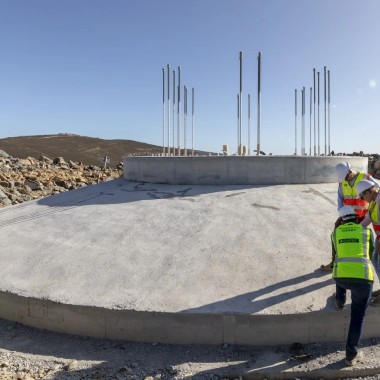
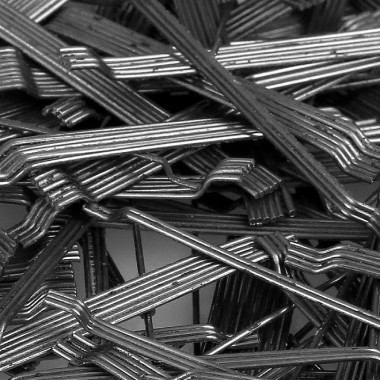
REINFORCED CONCRETE WITH STEEL FIBER
Steel fiber reinforced concrete is manufactured by adding steel fibers to the ingredients of concrete to improve structural properties, particularly tensile and flexural strength its commonly used for parking lots, container storage areas and port pavements.
REINFORCED CONCRETE WITH MICRO FIBER
It’s used in order to reduce the plastic shrinkage cracking of concrete in the fresh state or up to 6 hours after casting and thus enhancing concrete durability.
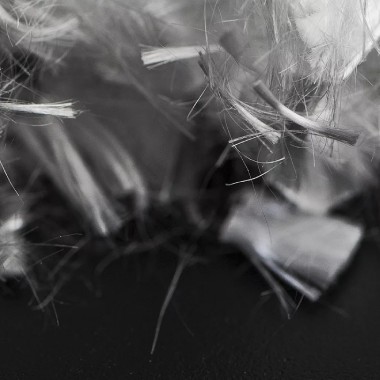
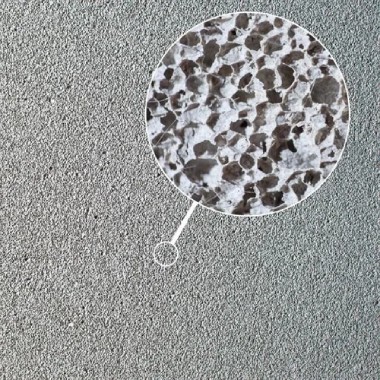
FOAMED CONCRETE (LIGHT WEIGHT CONCRETE)
Foamed concrete can be produced with dry densities of 400 to 1600 kg/m3, with 28 days strengths of approximately 1 to 6 N/mm2 respectively.
Foam concrete is fire resistant and its thermal and acoustical insulation properties make it ideal for a wide range of purpose, from insulating floors and roofs.
Foamed concrete is used for:
- Weight reduction of superstructure using foam concrete walls: less steel reinforcements required for slabs, columns, beams and foundation due to lesser load.
- Earthquake resistant due to lesser weight of building built using foam concrete walls in multistory buildings
- Reduced cost of raw materials by adding air, enclosed in foam bubbles, the volume of concrete can be increased at very low cost.
- Environmentally friendly and energy savings.
- Cost reduction for transportation and storage less raw materials, very efficient foam concentrate.
- Faster construction using cast in situ application.
- Improved thermal insulation, foam concrete can achieve the same insulation results as normal concrete with only 20% of the weight and 10%of raw materials.
- Easy to use, produce and handle.
DURABLE CONCRETE
- It’s a special concrete designed to resist weathering chemical attack and other types of deterioration.
- It’s ideal for use in Marine and aggressive environments.
- It has a special mix design containing different cementitious materials & high range chemical admixtures.
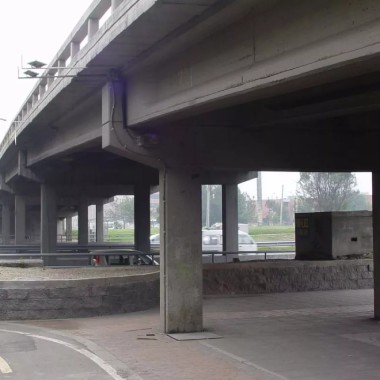
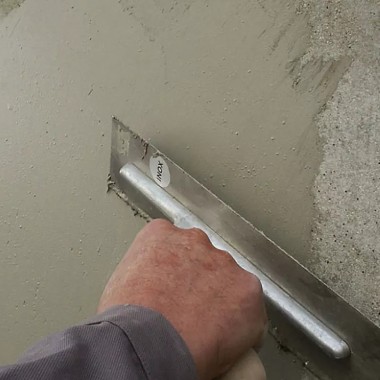
MORTAR CONCRETE
Plaster is a building material used for the protective and/or decorative coating of walls and ceilings and for molding and casting decorative elements.
Benefits of Plaster are:
- Workability up to 48H
- Competitive Cost
- Speed of Construction
COLORED CONCRETE
Its ingredients are mixed with integral coloring admixtures to infuse concrete with rich long lasting, fade resistant color. The main advantages of colored concrete using integral coloring admixtures are:
- The color extends throughout the entire concrete slab.
- Improvement of the construction process.
- Reduction of labor cost.
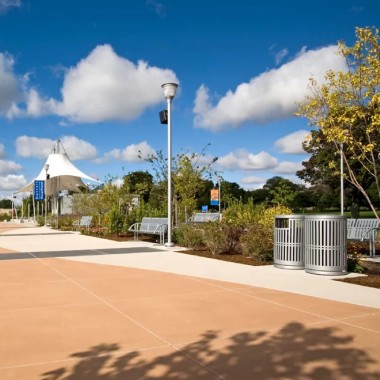
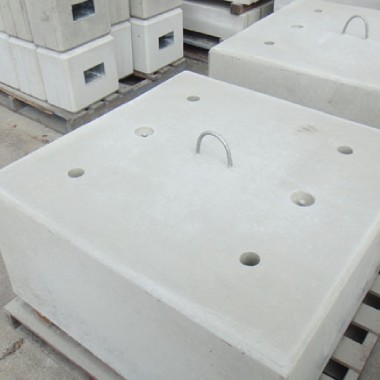
HEAVY WEIGHT CONCRETE
Heavyweight concrete is used for:
- The prevention of seepage from radioactive structures due to the harmful effect of radioactive rays to living bodies (i.e., carcinogenic, etc.).
- Improved structural Integrity.
- Heavyweight concrete is used for ballasting for pipelines and similar structures.
- EN 206:2013 defines heavyweight concrete as having an oven dry density greater than 2600 kg/m3.
- We produce heavy weight concrete up to 3000 kg/m3.
ROLLER COMPACTED CONCRETE
Concrete compacted by roller compaction; concrete that in its unhardened state will support a roller while being compacted.
Benefits of Roller-compacted Concrete:
- Speed of Construction
- Durability
- Low Maintenance
- Competitive Cost
- Sustainability
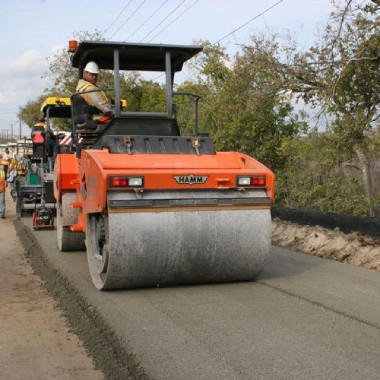
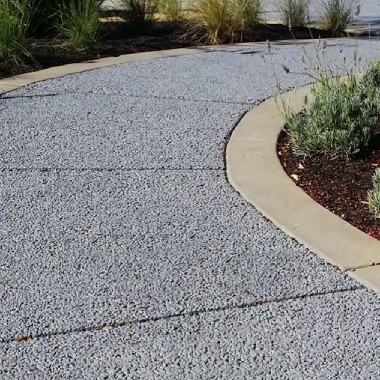
PERVIOUS CONCRETE (NO FINES CONCRETE)
Concrete made without sand and therefore containing a high proportion of communicating pores which provide:
- Drainage
- Thermal insulation
- Competitive Cost
